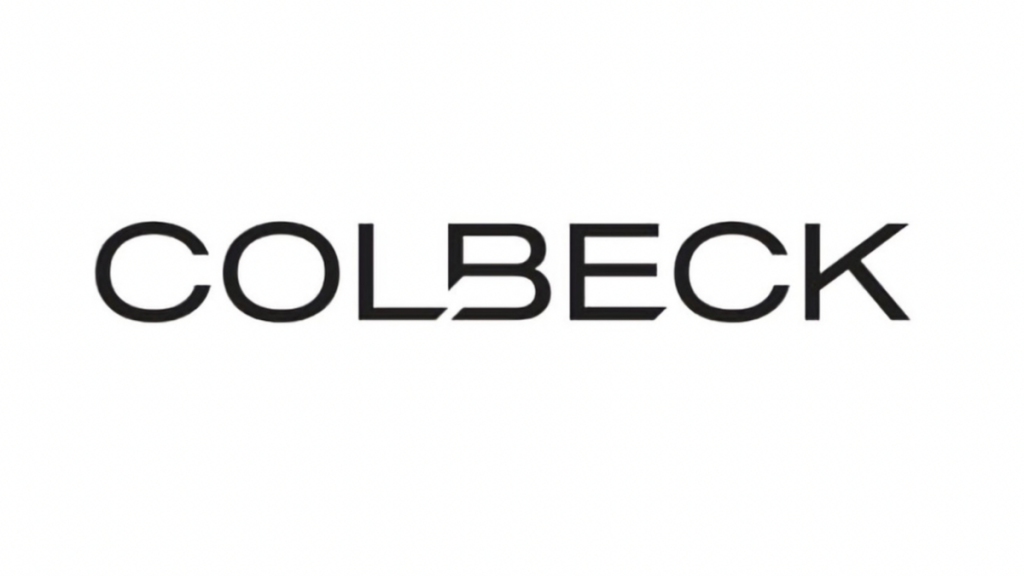Art as an investment is not a new concept. In fact, as a recent New York based Colbeck Capital Management article detailed, Rembrandt van Rijn himself was known to use his own art as collateral and payment for fines and other legal expenses. Yet while Rembrandt himself was wealthy enough to be independent of the demands of specific patrons, many art collectors these days are looking for new ways to borrow and use their art to get them access to funds that they might otherwise not be able to.
Demand for fine art lending is actually on the rise, with more galleries open to staking swaths of their collections in exchange for capital that they can use to market and grow their overall inventory. It might seem counterintuitive for a gallery to collateralize their art, but nearly a third of all collections remain under cover or stowed away without seeing the light of day. Placing them as collateral, then, provides capital stemming from assets that are otherwise not missed.
Loans secured by art might not be for everyone, but the target markets include billionaires and collectors looking to acquire new assets as well as aging populations that require cash and are not interested in outright sale due to the taxes and capital gains required in such dealings. Selling art, as opposed to borrowing against it, is a complex process that heralds high fees, slow timelines, and occasional battles with family members over the dispensation of heirlooms. Borrowing against art allows owners to retain that lauded ownership while opening lines of capital for access.
Lenders also stand to gain from these deals including fine art. Traditionally, galleries and collectors struggled to get credit from local banks and traditional lenders since they were unable, or unwilling, to disclose holdings or audited financial statements. But by putting up art as collateral for loans, these issues are easily circumvented. What is even more interesting is that these lenders take possession of the actual collateral for the life of the loan, so there is no question over the conditions of storage. This also eliminates the need to pursue the works as collateral if there is a default. Defaults, it turns out, are also limited as borrowers are incentivized to get their possessions back.
Lenders might have an easier time getting paid back when collateralizing art, but it is not a completely cut and dry trade. Art is subjective, and trends in what is desirable or in fashion can change rapidly. Lenders are also left to the often difficult to track provenance, or the history of ownership of a piece of art that helps prove its authenticity, which can cut into the value of any work of art. A combination of factors including history, purchases, rarity, and the work’s appearance itself help lenders determine whether a piece can stand as collateral.
As Millennials and Gen-Z individuals consider their own investment options, they’re less likely to view art as an emotional or personal acquisition as they are to see it as a way to diversify their assets. The result is the creation of a true credit market around art that can allow for liquidity that has never been seen before. Learn more about Colbeck Capital




